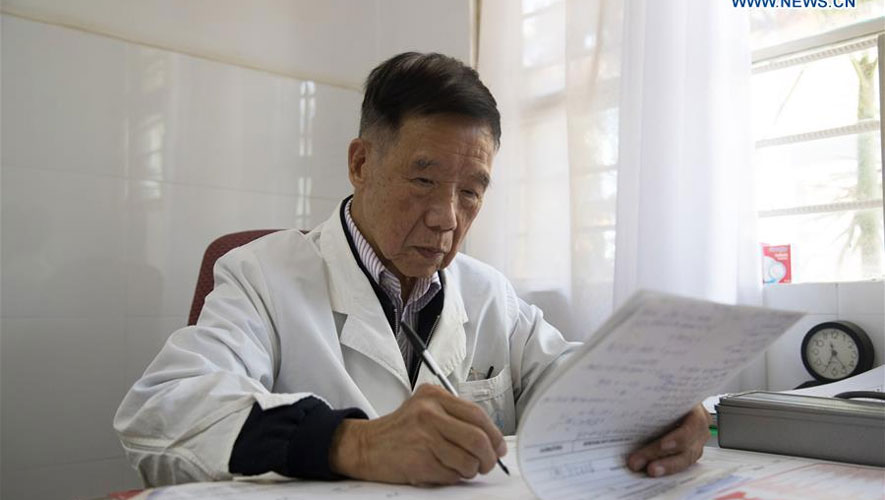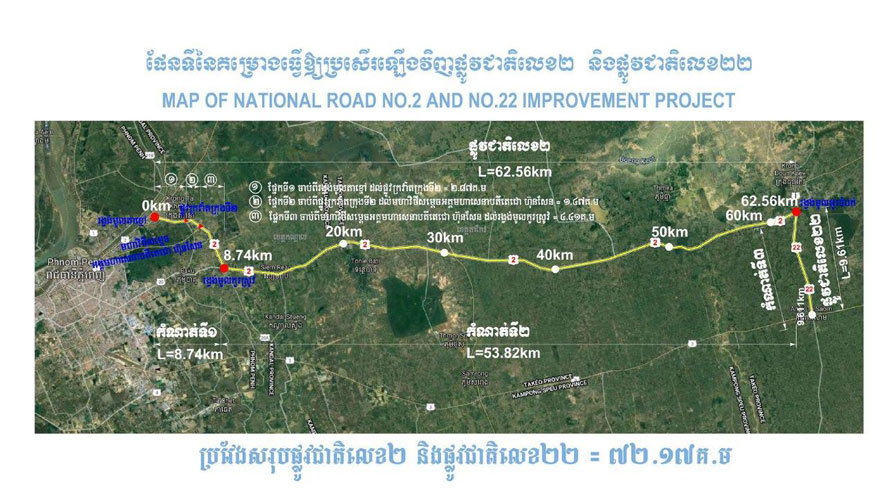Last month a study conducted by the University of New South Wales (UNSW) in Australia painted a bleak picture for Cambodia’s ailing healthcare system.
For the latest Cambodian Business news, visit Khmer Times Business
While acknowledging progress made in the field of delivering quality healthcare and the government’s apparent commitment to its universal access, the study notes that Cambodia’s rural poor are most at risk. In fact, 28.1 percent of the 5,000 households studied were found to borrow money in order to pay for it.
“I would like to clarify that 28 percent is 28 percent of households with at least one episode of healthcare (at least one member using healthcare and borrowing to pay for the cost), so it is exaggerated to say ‘28 percent of Cambodians (individuals) take out loans for healthcare’ as stated in the title of some media reports – one household has on average five individual members and a household with only one member with an incidence of borrowing was considered [to be a] household with borrowing,” explains Dr Por Ir, the lead analyst involved in the study.
Despite being published in November this year, the study itself was conducted in 2016, says Dr Ir – although he notes that there is still work to be done.
More than half of those borrowing to pay medical bills – 55 percent to be precise – were subjected to distress financing, whereby they either borrowed with interest or sold assets in order to cover the costs of being treated. The study claims this creates cyclical poverty, adding that 22 percent of people across 40 low- to middle-income countries borrow to pay for healthcare.
After asking 5,000 households whether they’d taken out a loan to cover healthcare expenditures over the 12 months leading up to the study, it was found that the median loan was $125 – although this shoots up to $200 for those who took out loans with interest, while a median of $75 was recorded for those who managed to acquire interest-free loans. Of those who borrowed, 78 percent remained indebted from loans taken out 12 months prior to the study.
Cycle of poverty
The nature of the loan, along with the size of the household and its collective wealth were found as key determinants of the impact of healthcare bills in Cambodia. It noted that interest rates had become more prevalent and played a major role in the sustained cycle of poverty, particularly in rural communities.
Just 2 percent of Cambodians borrowing from families were charged interest, compared with 32 percent of those who borrowed from their neighbours and 100 percent who took loans out from private lenders or formal institutions.
However, the study found that the ability to borrow from relatives has declined over time in the Kingdom – the 20.8 percent of the population who had obtained loans from family members had dropped to 10.9 percent by 2014.
Not without correlation, over the same period the percentage of loans taken out from microfinance institutions (MFIs) and banks jumped from 47.3 percent to 69.9 percent.
President of the Cambodia Microfinance Association (CMA) Kea Borann claims that it doesn’t collect data on the use of loans in relation to healthcare, but says that he believes people borrow for a range of reasons. “To my personal knowledge, I don’t believe people just borrow money for health expenses.However, when clients borrow money for their businesses, if they somehow fall sick, they will use the money they have for their medical expenses,” he says, adding government-funded healthcare is available for impoverished Cambodians.
“There are micro-health insurance products that target low-income people. However, the number is still quite low at this stage but it’s a move in the right direction” reflects Borann, who says that from his perspective he has seen no increase in people applying for loans directly to pay for healthcare costs.
Various spokespeople and officials from the Ministry of Health declined to comment on the findings of the study.
The bigger picture
Although the government has previously criticised other studies on account of the sample sizes, Dr Ir, as the deputy director of the National Institute for Public Health, is confident the results would be similar if the study had been conducted on a larger scale.
“[The results were] from a survey with a relatively large sample randomly selected nationwide. However, results of a survey – not a census – always have a range of variability,” says Dr Ir.
One co-author on the study, Augustine Asante – a senior lecturer of public health at UNSW – states there is the potential for more Cambodian households to rely on borrowing to cover their healthcare.”This is especially the case if the people have to rely mainly on out-of-pocket (OOP) spending to pay for healthcare. The government needs to re-double its efforts to reduce OOP health spending, as it is seeking to do,” says Asante, who notes that the relative ease with which Cambodians can access credit is also a factor.
By contrast, Dr Ir feels more optimistic about the future of Cambodia’s healthcare services. “I rather see it the other way around – household borrowing would decline based on a number of reasons. First, the survey was conducted in early 2016. Since then, the Royal Government of Cambodia (RGC) has invested a lot in expanding social health protection coverage, in particular to the poor and vulnerable,” argues Dr Ir.
The expansion of the Health Equity Fund is one reason for his optimism for the future. Funded by the World Bank, Australia’s Department of Foreign Affairs and Trade, as well as the governments of Japan, Germany, Korea and Cambodia, the Health Equity Fund (HEF) is an ambitious multi-donor project that seeks to provide access to free healthcare for the Kingdom’s poorest.
More recently, as Dr Ir points out, the HEF expanded to the Health Equity and Quality Improvement Project (HEQUIP), which now covers informal workers. These workers make up 93.1 percent of Cambodians according to a 2018 report from the International Labour Organization.
He also points to the RGC’s cash transfer programme that enables pregnant women from poor communities to access financial support to receive antenatal care visits, delivery and postnatal care visits.
“This tends to provide better protection to the poor and vulnerable. Social health insurance for formal sector employees and social health insurance for civil servants and other public workers have also started since 2017 and 2018 respectively. This will further contribute to reducing out of pocket payments and thus the risk of financial hardship as well as borrowing,” he says, adding that the HEF programme also includes performance-based grants to healthcare centres in a bid to improve the quality of care nationwide.
Extra costs
Despite garnering much attention – and costing $175.2 million – the HEQUIP is still failing impoverished Cambodians according to Asante.
“For me, the most important thing is the fact that many Health Equity Fund beneficiaries still seek care in the private health sector where health services are not covered by HEF.
“This issue must be addressed – why do people seek care in private facilities and incur OOP costs when there is HEF to support them in public facilities?
“Although we didn’t delve deep into this, there is ample evidence suggesting that the quality of care in the public sector is perceived to be generally low and this, coupled with other factors such as restricted opening hours of health centres, long waiting times, uncertainties about finding a health worker in a public facility and uncertainties about HEF entitlements, drive people towards the private sector,” claims Asante, who adds that extra costs – such as transportation to and from health centres – are not covered under the HEF.
Progress made
Although the two authors share different perspectives on how Cambodia has developed even though they conducted the study, both agree that progress has been made and must be built upon.
“Now, the remaining challenge is perhaps to continue these efforts and ensure the quality of the implementation, which matters a lot for the results.
“Along with the health- and social protection-related efforts, improving the financial literacy of the population and perhaps the financial sector performance would help mitigate the risk of borrowing to pay for healthcare,” suggests Dr Ir.




